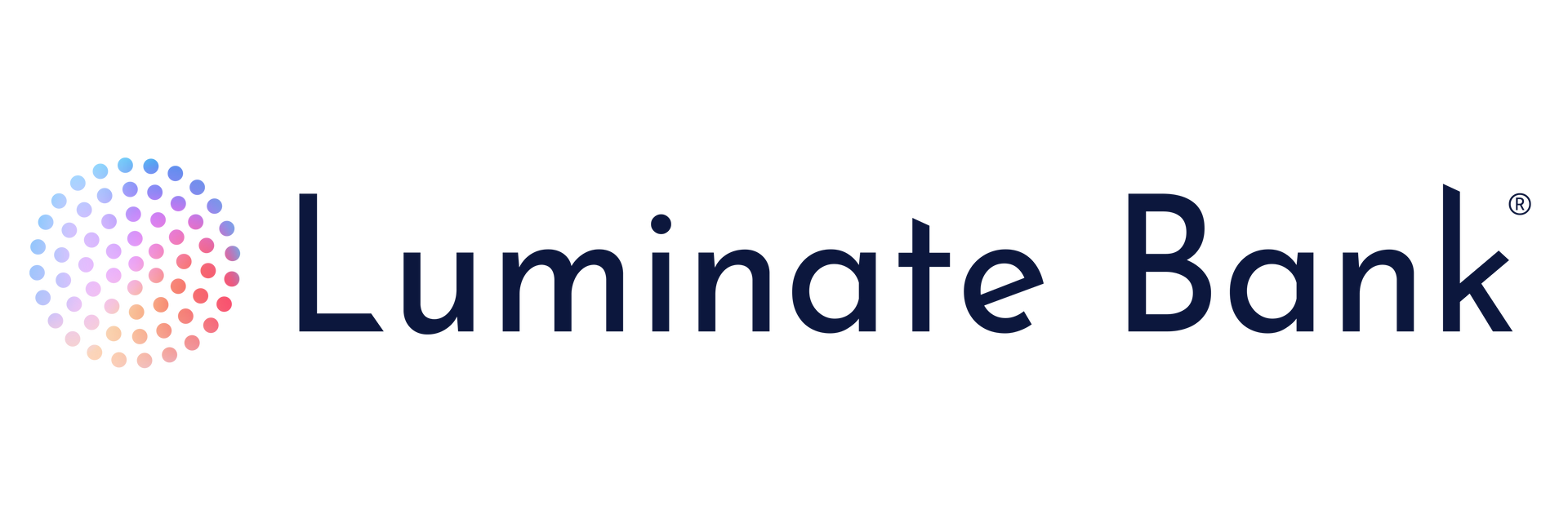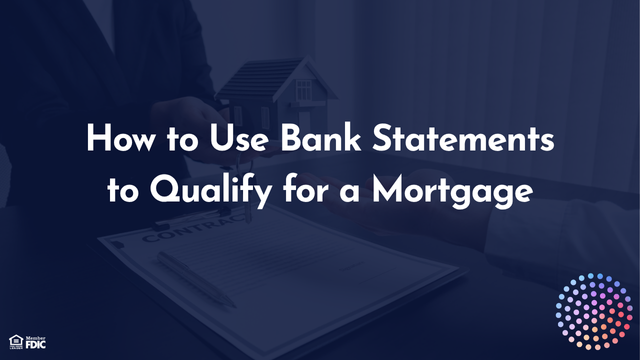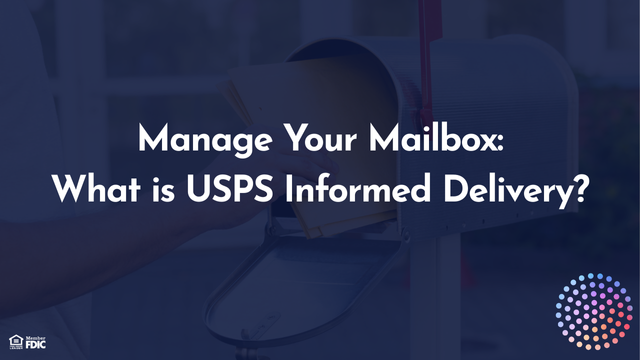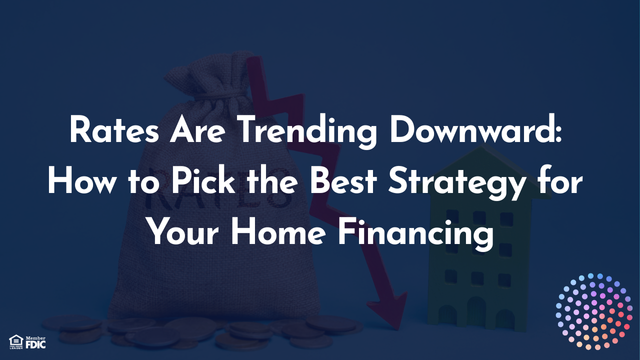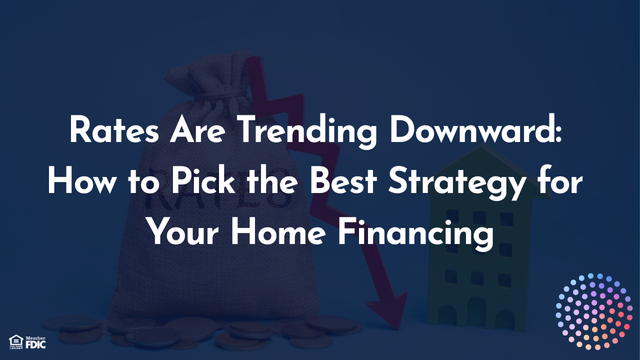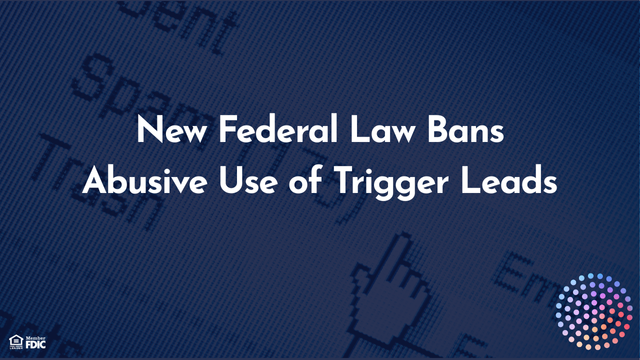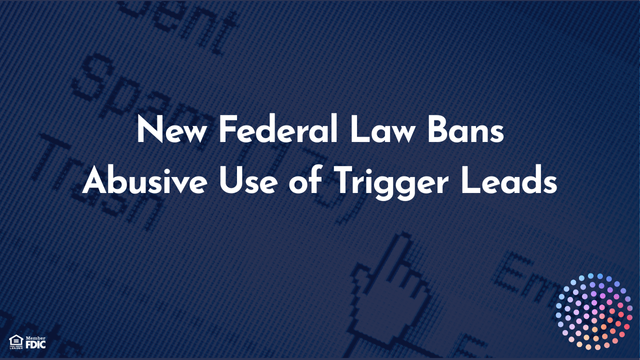Defining LTV and PMI for New Homeowners
marketingdept • June 18, 2025
Defining LTV and PMI for New Homeowners

As you begin the process to find and purchase a new home you will quickly learn the road to homeownership is laid with acronyms. Two of the most mysterious you will certainly hear are PMI and LTV.
PMI stands for Private Mortgage Insurance. It is insurance that a borrower must purchase, in certain scenarios, that protects the lender’s obligation on a mortgage if a borrower defaults. LTV stands for Loan To Value. It is a way to compare the amount of your mortgage loan and the value of your home.
Your LTV changes over time, and once it reaches 80 percent or lower, the PMI is no longer a requirement.
Say you have $10,000 saved to buy a house, and the house you want to buy is $180,000. That means if you qualify for a mortgage, the lender is paying $170,000, which is 94% of the obligation to the seller. The Loan To Value (LTV) is 94% ($170,000 divided by $180,000). In most cases, the lender will require the borrower to purchase PMI to protect the money they are providing to purchase the home if the LTV is above 80%. So in the example above, the borrower would have to pay the mortgage costs (principal and interest) as well as a monthly fee for the PMI as part of the mortgage agreement.
Regardless of your LTV when you first get your mortgage, you are paying down your loan over time, so when your LTV does eventually drop below 80%, the PMI payments will drop as well! In the same example, though, if you had $40,000 saved to purchase the same home and you qualify for a mortgage, the lender is only contributing $140,000 toward the purchase of the loan and they may be more confident that you will not default on the mortgage because your LTV is 77% ($140,000 divided by $180,000).
PMI and LTV are often referenced together because, if the LTV is more than 80%, the borrower is often required to purchase PMI because the lender is putting significantly more money at risk than the borrower is, and they want insurance to protect themselves.
The savings you have is usually your down payment, the funds you as a borrower bring to the purchase. While you don’t need to have 20% to purchase a house, you do need to plan on paying PMI if you have a smaller down payment saved.
In some ways, PMI is beneficial: Without it, lenders wouldn’t be able to lend to buyers who can’t make the traditional 20 percent down payment.
PMI stands for Private Mortgage Insurance. It is insurance that a borrower must purchase, in certain scenarios, that protects the lender’s obligation on a mortgage if a borrower defaults. LTV stands for Loan To Value. It is a way to compare the amount of your mortgage loan and the value of your home.
Your LTV changes over time, and once it reaches 80 percent or lower, the PMI is no longer a requirement.
Here’s how it works:
Say you have $10,000 saved to buy a house, and the house you want to buy is $180,000. That means if you qualify for a mortgage, the lender is paying $170,000, which is 94% of the obligation to the seller. The Loan To Value (LTV) is 94% ($170,000 divided by $180,000). In most cases, the lender will require the borrower to purchase PMI to protect the money they are providing to purchase the home if the LTV is above 80%. So in the example above, the borrower would have to pay the mortgage costs (principal and interest) as well as a monthly fee for the PMI as part of the mortgage agreement.
Regardless of your LTV when you first get your mortgage, you are paying down your loan over time, so when your LTV does eventually drop below 80%, the PMI payments will drop as well! In the same example, though, if you had $40,000 saved to purchase the same home and you qualify for a mortgage, the lender is only contributing $140,000 toward the purchase of the loan and they may be more confident that you will not default on the mortgage because your LTV is 77% ($140,000 divided by $180,000).
PMI and LTV are often referenced together because, if the LTV is more than 80%, the borrower is often required to purchase PMI because the lender is putting significantly more money at risk than the borrower is, and they want insurance to protect themselves.
The savings you have is usually your down payment, the funds you as a borrower bring to the purchase. While you don’t need to have 20% to purchase a house, you do need to plan on paying PMI if you have a smaller down payment saved.
In some ways, PMI is beneficial: Without it, lenders wouldn’t be able to lend to buyers who can’t make the traditional 20 percent down payment.
